You may have noticed that things have been a bit quiet recently on The Wild Focus Project’s social media accounts. Here’s why.
Mission: Science Communication Master’s thesis about wildlife photography and biodiversity
Status: COMPLETE
- Pages: 174 (Including references and appendices)
- Words: 46,539 (including references and appendices)
- Figures: 27
- Mentions of “photo”, “photography”, “photographer”, etc in the thesis.: 1,007
Me in my office, with my printed thesis copies, and my giant to-do list from this past week.
In other words, I finished the huge research/creative project that I’ve been working on for the last year (woohoo!). Now seemed like a great time to tell you guys about my work this year, so here’s a little taste of what I’ve done.
A white rhino in Kruger, on that first trip that sparked my passion for biodiversity
As you know if you’ve read the About the Project page on this website, I became interested in conservation while photographing wildlife in Kruger National Park in South Africa. When it came time to figure out a research question/topic for my science communication master’s thesis, I knew I wanted to do something with the overlap of photography and conservation. It took some time to figure out what exactly I wanted to find out in my thesis research, but I eventually decided to look at how taking photos of wildlife can affect how people think about biodiversity loss. I’ve spent the last year trying to answer this one big question:
To what extent does taking wildlife photos increase awareness and concern about biodiversity loss?
Comparing my three survey groups against each other in emotional attachment to nature. Photography group is blue, Observations group is orange, and Control group is gray.
It turns out that there are a lot of other factors at play here besides awareness and concern, so I ended up testing knowledge, interest, and emotional attachment to nature too. I put out a survey, where people were assigned to take photos of wildlife, write down observations of wildlife, or do nothing (control). Then they answered questions about their awareness, concern, interest, etc. regarding biodiversity loss. I compared their scores against each other to find out whether taking photos of wildlife could be a useful tool to get people engaged in conservation. I also interviewed a bunch of wildlife photographers, whose stories you can read on this website, for insight from people who voluntarily spent many years photographing wildlife (rather than random people assigned to take photos for a week). I was able to answer my big question:
Taking wildlife photos appears to increase awareness, knowledge, concern, interest, and particularly emotional attachment regarding wildlife and biodiversity loss to a small extent on a short time scale, as revealed in a survey of a general population. In-depth interviews with established wildlife photographers indicated that these effects may become stronger over an extended period of time.
Here’s the crazy thing – as far as I can tell (and I’ve done a lot of background research on this), no one has ever done research in this specific area before. So I think that means that I‘m currently the world’s leading expert on how photographing wildlife can engage people with biodiversity issues. WHAT. It also means that this is exploratory research, so broad rather than deep. It’s also not perfect, and can’t really be compared directly to previous research. So I need to be really careful when making claims from my data, and we definitely need more research in this area, and into other means of getting people interested in biodiversity.
In the meantime though, the effects I saw in my research are really promising for conservation. Let’s be honest – we need all the help we can get to fight biodiversity loss. Anything that can help, we should do. So get out there and take wildlife photos! Just make sure that you’re being safe and responsible when you do. Photographing wildlife won’t help biodiversity or conservation if you harass wild animals or trample all over their habitats. Check out some of the tips offered by the wildlife photographers under Stories.
This image by Jason Savage tells a tale of brutality and beauty.
The Science Communication thesis is also directly responsible for the Wild Focus Project. A huge portion of the grade for this project comes from the creative component of the thesis, which could be a film, a book, an exhibition, or in my case, a website. This one, specifically. I built this site to promote interest in biodiversity through storytelling, with photography being a form of storytelling. Stories are the basis of a lot of science communication, and “Storytelling” was one of the first classes we took last year.
Now it’s all done. But that certainly doesn’t mean that the Wild Focus Project will end! I’m planning to keep this site up and running for as long as I can, and I’ve got dozens of awesome blog posts planned for next year. So stay tuned, folks. There’s a lot more coming.



